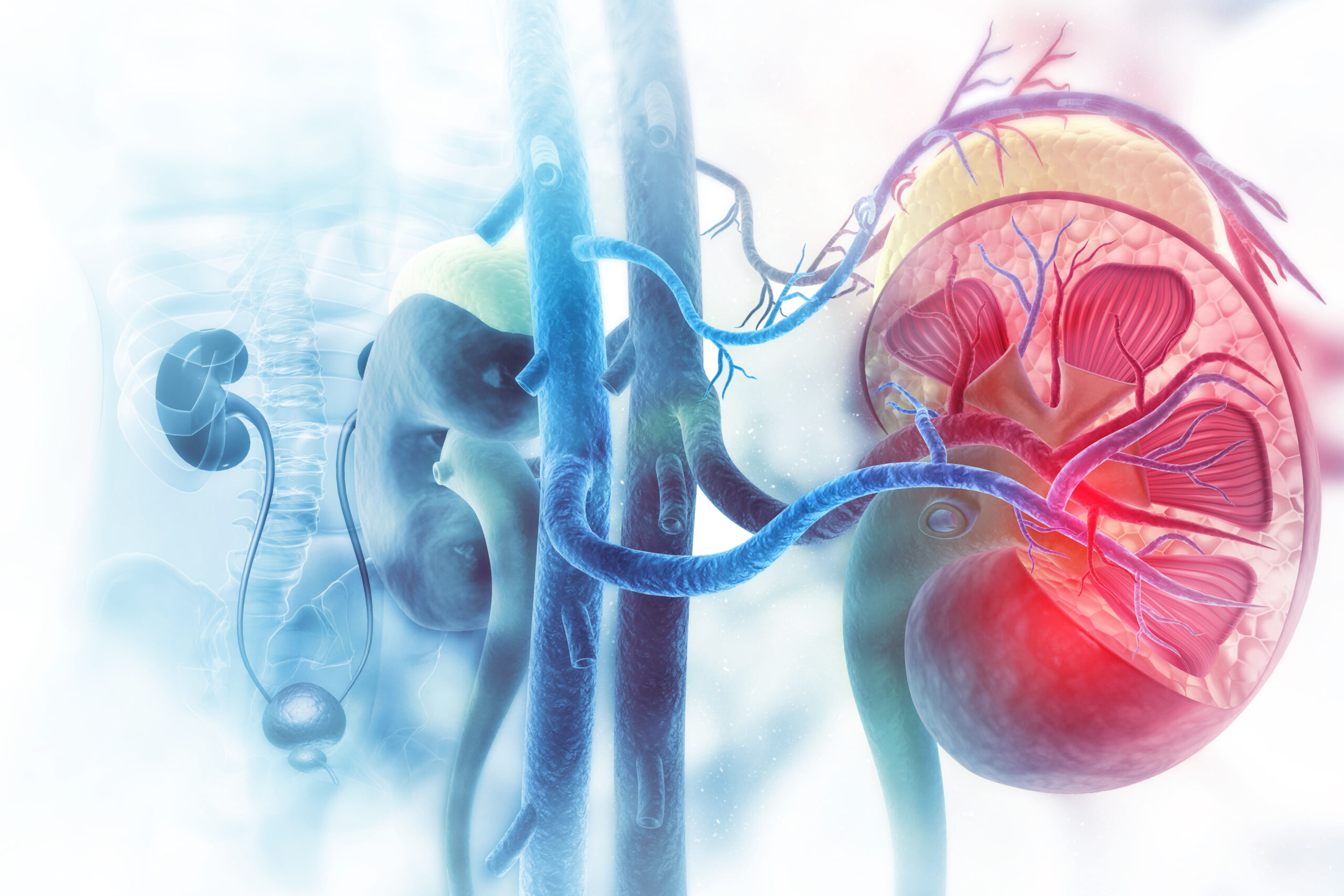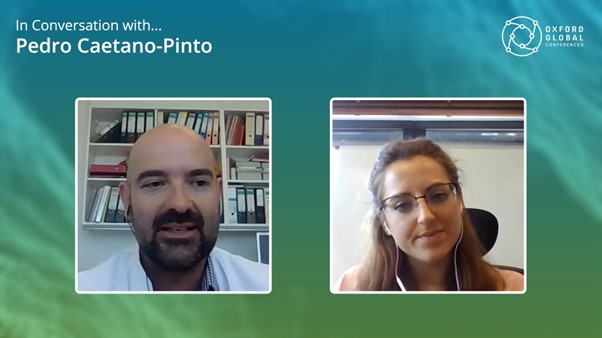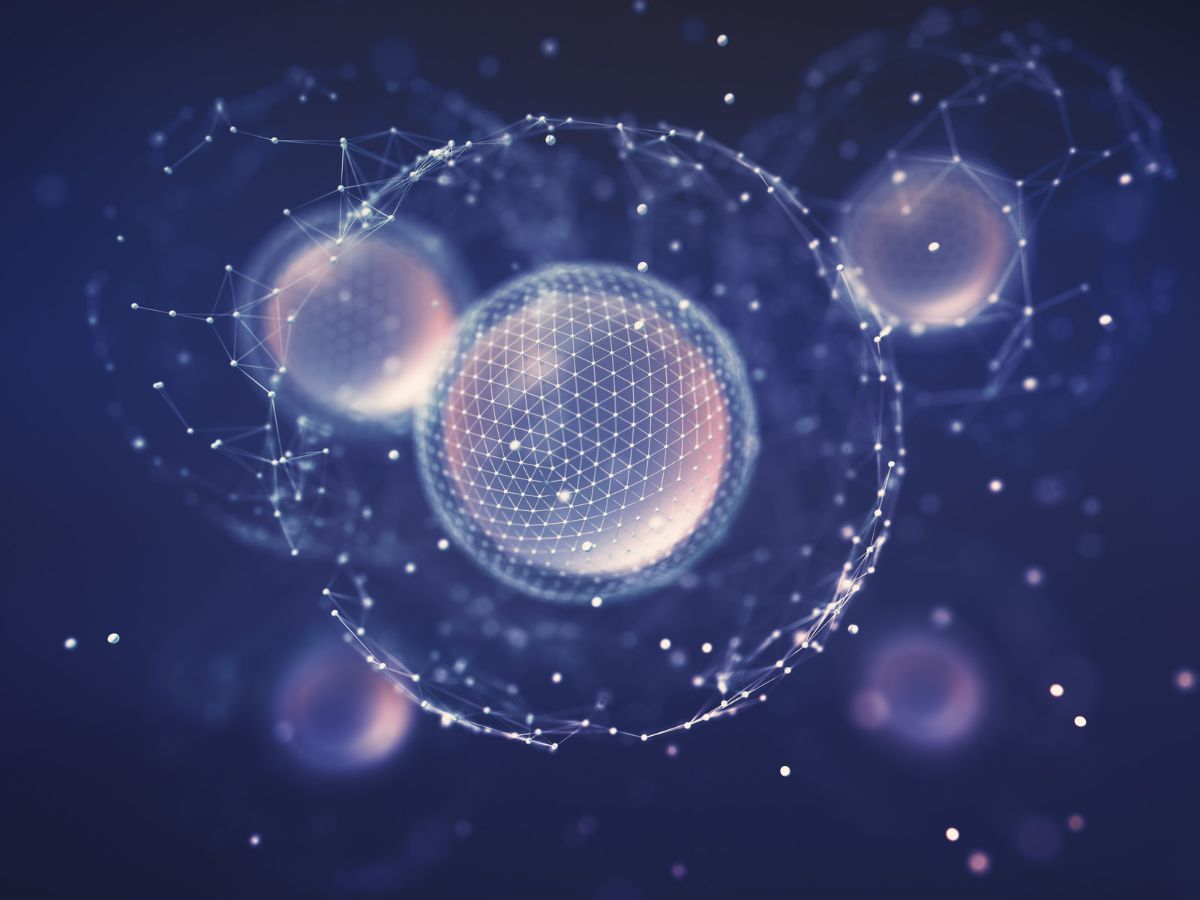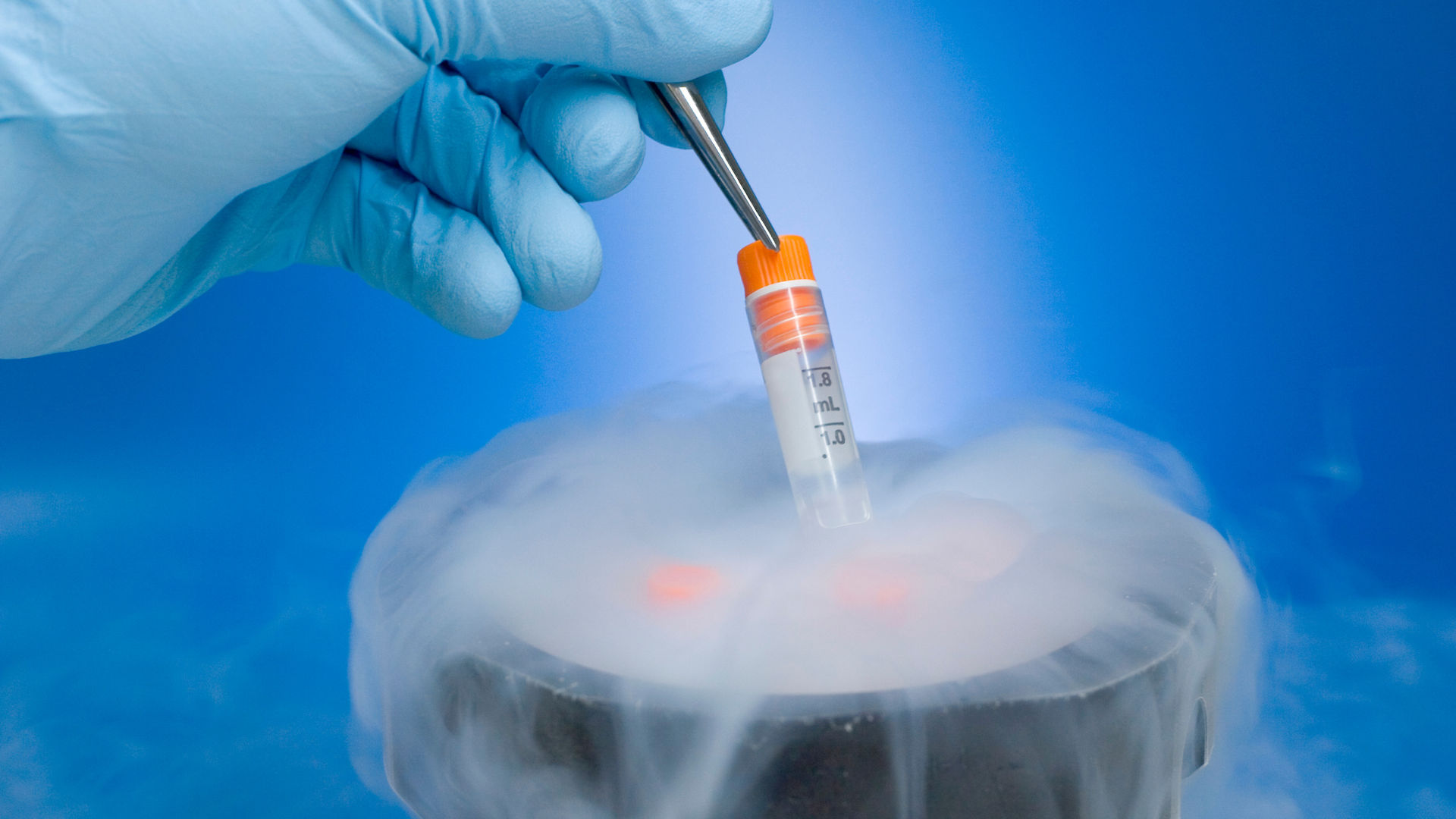Speaker Insights – In Conversation with Pedro-Caetano Pinto

By Isabelle Easton, Assistant Conference Producer at Oxford Global Conferences
Pedro-Caetano Pinto, Lab Head from the University of Greifswald, possesses 5 years of experience in 3D microphysiological systems (MPS) for the application of disease modelling and drug testing. His current work is affiliated with the Urology Clinic at the University Hospital Greifswald and focuses on understanding the pathophysiology of kidney and prostate cancer via microphysiological models. Prior to working at the University of Greifswald, he was a postdoctoral scientist at AstraZeneca where he also researched the applications of drug transport and absorption utilising microphysiological models.

Pedro published two papers in 2022; one on the applications of MPS in Biomedicine within urologic and orthopaedic research, while the second paper focused on using a tubule-on-a-chip model and the discovery of mediating factors within the kidney, unable to be seen in a 2D model.
During a Q&A video with our event producer, Pedro gave insight into his research involving MPS and urological cancer models including developing cancer co-culture model systems for kidney and prostate cancer. He also discussed the challenges he has faced and the future progression of 3D cell culture technologies.
Why Should you use 3D Cell Culture Models in your Research?
Pedro explained how 3D cancer models provide a more physiologically relevant tool compared to 2D systems by simulating an environment that can recreate complex human structures and processes more realistically. As a result, these systems can drive forward drug screening and development by adding more value to translational studies. Pedro's research has revolved around producing cancer co-culture systems from commercially available MPS models, with the aim to build a model that incorporates both healthy and cancerous components for both kidney and prostate cancer. For example, his kidney model contains both kidney cancer spheroids and healthy renal epithelium.
- Understanding Disease Progression with 3D Model Development
- “3D model development is the Holy Grail of next-generation therapeutics”
- Tackling Tumours In-Vitro with 3D Cell Cultures
By using these kidney spheroids as a preclinical tool, 3D cell cultures can enable us to get even closer to a human physiologically relevant model. Pedro further described how 3D cultures can provide a model of the tissue's molecular machinery including the different kidney cells. This can allow drug response testing with a more physiologically relevant model, enabling researchers to predict drug risks and efficacy more accurately in human participants.
The greatest advantage of MPS systems in Pedro's research is the ability to recirculate media through both healthy renal microtubules and unhealthy cancerous spheroids. This has allowed him to study the effect of inflammation factors on healthy tissues, which is a particular asset to his research due to the inflammatory nature of kidney tumours. As a result, Pedro has been able to learn more about the effect of kidney and prostate cancer on healthy tissues which would not have been possible using 2D models.
Looking forward, Pedro also aims to build a similar model to study the secretion biomarkers within prostate cancer.
Uncovering the Challenges Posed when Building a Cancer Co-Culture Model
The main hurdles Pedro has faced during his research are predominantly technical, including setting up the experiment, selecting endpoints for biomarker readings, and creating co-cultures over the span of a month to have a beneficial impact on patient care. Characteristically, cell cultures have an average doubling time of 2-3 weeks, thus ensuring the device is set up and ready to be used is essential. In addition, minimising the risk of these experiments failing due to the low throughput of the system is also a concern. The end goal is to have a viable system readily available to be used in his lab for future experiments.
Future Expectations and Aspirations
Strategies for 3D models have a long way in terms of complexity and novel applications with more and more researchers employing the use of these systems. In the future, Pedro would like to see even more individuals using such models for different functions to build a mass of knowledge. He is convinced interest will keep growing until MPS systems become a common tool, with the belief that in 5 years' time 3D cell culture will be redesigned and optimised with the use of ‘omics techniques in mind.
Strategies for 3D models have a long way in terms of complexity and novel applications with more and more researchers employing the use of these systems.
In terms of technologies, Pedro explained he would like to see the incorporation of biosensors and other stimuli within MPS. However, he stated he would like to see the full potential of current modelling technologies, such as flow and pressure properties, exploited before adding layers of complication.
Want to hear more from Pedro?
Pedro is speaking at Oxford Global's 3D Cell Culture: Online event on the 13th of September 2022, register now to hear his presentation and gain in-depth knowledge on how he implements 3D co-culture cancer models for drug screening and development.
Want to find out more about the latest cell therapy news? Register now for Oxford Global‘s Cell UK: In-Person event taking place on 7-8 November 2022 to advance your understanding of cell-based products to ensure clinical and commercial success.








